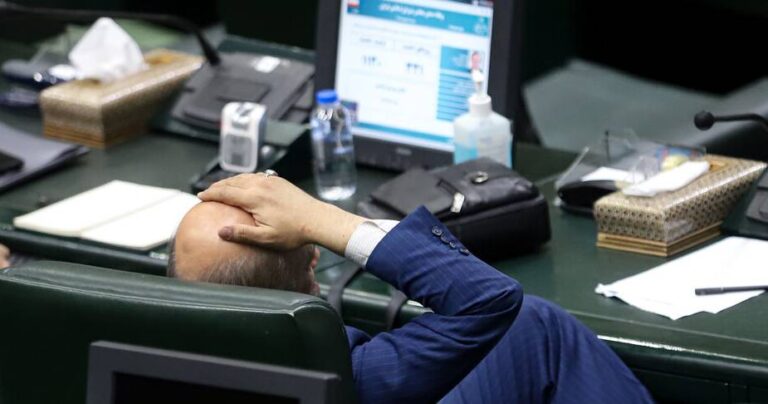Tehran to Implement 12-Hour Water Cut for High Users Amid Ignored Warnings
In a bid to address the growing water crisis, Tehran is set to implement significant water supply cuts for residents who exhibit excessively high consumption levels. This drastic measure comes amidst alarming drought conditions and declining rainfall, prompting authorities to take action to safeguard water resources in the capital.
According to the Revolutionary Guards news agency Tasnim, Tehran is currently facing water shortages due to a staggering five consecutive years of drought. This situation has raised serious concerns about the city’s ability to provide adequate water supplies for its vast population, which accounts for over 10% of Iran’s residents, especially with summer just around the corner.
To combat this crisis, officials are focusing on reducing what they describe as “excessive water use.” This term particularly applies to the 5% of the population identified as “badly consuming” individuals, who reportedly use up to ten times more water than the average household. Alarmingly, many of these high-consumption households are located in the wealthier districts of Tehran.
Historically, water cuts for high users have been relatively brief, lasting between two to four hours during peak consumption periods and only on a single day. However, the new regulations will introduce extended 12-hour water supply cuts for those who disregard government warnings and text alerts to reduce their water usage. If these individuals continue their wasteful consumption patterns, they may face repeated cuts as officials strive to enforce water conservation measures.
The background of the water crisis in Tehran includes:
- Five consecutive years of drought leading to a severe drop in rainfall.
- Critical levels of water reserves, heightening the risk of shortages.
- Authorities considering water rationing months ahead of peak summer demand.
Furthermore, the water crisis extends beyond the capital. Recently, protests erupted in central Iran over escalating water shortages. Demonstrators in Isfahan province took to the streets, culminating in the burning of a crucial water transfer station. This disruption has significantly affected the water supply line that serves hundreds of thousands of residents in the adjacent Yazd province.
Footage obtained by Iran International depicted plumes of smoke rising from the pumping station, coinciding with a rally by farmers who demanded fair access to Zayandeh Rud water—a resource they claim has been unjustly diverted to other areas.
The Iranian government has long been aware of the challenges posed by dwindling water resources. As summer approaches, officials are under increasing pressure to manage the limited water supply effectively. The new regulations targeting high water consumers are a part of broader efforts to promote conservation and ensure that essential resources are available for all citizens.
In light of these developments, residents of Tehran are urged to heed government warnings and reduce their water consumption. Failure to comply could lead to significant inconveniences, including long water supply cuts that impact daily life.
As the situation unfolds, it is crucial for both authorities and residents to work collaboratively to address the water crisis. Sustainable water management practices will be essential in navigating these challenging circumstances and ensuring that Tehran can meet the needs of its residents now and in the future.
Key takeaways from the ongoing water crisis in Tehran:
- Implementation of 12-hour water supply cuts for high-consumption residents.
- Previous water cuts were shorter, lasting only a few hours.
- Protests in central Iran highlight widespread dissatisfaction with water management.
- Officials are advocating for water conservation to avoid severe shortages.
In conclusion, Tehran’s water crisis reflects broader challenges faced by many regions experiencing prolonged drought and climate change impacts. By prioritizing effective water use and adhering to conservation measures, residents can contribute to a more sustainable future for the city.






